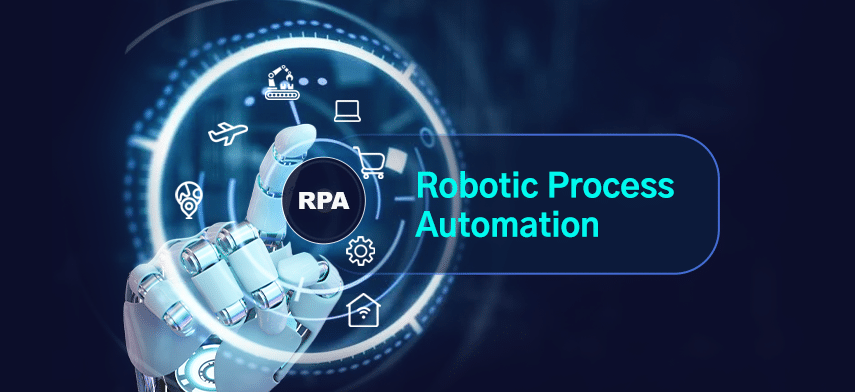Artificial Neural Networks (ANNs) are a cornerstone of modern machine learning and artificial intelligence, mimicking the way the human brain processes information to recognize patterns and make predictions. Implementing ANNs involves several steps, from understanding the problem to training the network and evaluating its performance. This article provides a comprehensive guide on how to implement artificial neural networks effectively.
Understand the Problem and Define Objectives
The first step in implementing an artificial neural network is to clearly understand the problem you are trying to solve and define the objectives of the network. This involves identifying the type of problem—whether it’s classification, regression, or something else—and determining the specific goals and requirements of the project. For example, if you are working on a classification problem, you need to understand the number of classes and the nature of the data. Defining the problem helps in selecting the appropriate architecture, data preprocessing techniques, and evaluation metrics.
Select the Appropriate Neural Network Architecture
Choosing the right neural network architecture is crucial for the success of the implementation. Different types of neural networks are suited for different types of tasks. For instance, feedforward neural networks (FNNs) are commonly used for simple tasks, while convolutional neural networks (CNNs) are ideal for image-related tasks due to their ability to capture spatial hierarchies. Recurrent neural networks (RNNs) and their variants, such as Long Short-Term Memory (LSTM) networks, are used for sequential data and time series analysis. Understanding the requirements of your task helps in selecting an architecture that best suits your needs.
Prepare and Preprocess the Data
Data preparation and preprocessing are critical steps in implementing ANNs. This involves collecting, cleaning, and formatting the data in a way that is suitable for the network. Data preprocessing may include tasks such as normalization, where data values are scaled to a standard range, and encoding categorical variables into numerical formats. It’s also essential to split the data into training, validation, and test sets to ensure that the model can be properly trained and evaluated. Proper data preparation improves the quality of the input data, which is crucial for building an effective neural network.
Design and Build the Neural Network
Once the data is prepared, the next step is to design and build the neural network. This involves defining the architecture of the network, including the number of layers, the types of layers (such as dense, convolutional, or recurrent layers), and the number of neurons in each layer. Additionally, you need to choose activation functions, such as ReLU (Rectified Linear Unit) for hidden layers and softmax or sigmoid for output layers, depending on the task. Building the network involves using a deep learning framework or library, such as TensorFlow, Keras, or PyTorch, which provides tools and functions to create and train neural networks efficiently.
Train the Neural Network
Training the neural network involves feeding the prepared data into the network and adjusting the weights based on the error or loss computed during the training process. This is typically done using optimization algorithms like stochastic gradient descent (SGD) or Adam. During training, you need to monitor various metrics, such as loss and accuracy, to evaluate the performance of the model. It’s also important to tune hyperparameters, such as learning rate, batch size, and number of epochs, to achieve optimal performance. Regularization techniques, such as dropout or weight decay, can be used to prevent overfitting and improve the generalization of the network.
Evaluate and Fine-Tune the Model
After training, the model should be evaluated using the validation and test sets to assess its performance on unseen data. Evaluation metrics, such as accuracy, precision, recall, or mean squared error, depending on the type of task, provide insights into how well the model performs. If the performance is not satisfactory, fine-tuning may be necessary. This could involve adjusting the network architecture, modifying hyperparameters, or incorporating additional data. Techniques such as cross-validation can also be used to ensure that the model generalizes well across different subsets of the data.
Deploy and Monitor the Model
Once the neural network has been trained and evaluated, it is ready for deployment. Deployment involves integrating the model into a production environment where it can make predictions on new, real-world data. It’s important to monitor the model’s performance post-deployment to ensure that it continues to perform well and adapts to any changes in the data or environment. Regular updates and retraining may be required to maintain the model’s accuracy and relevance over time.
Conclusion
Implementing artificial neural networks involves a series of well-defined steps, from understanding the problem and selecting the right architecture to training, evaluating, and deploying the model. By following these steps and paying attention to data preparation, model design, and performance monitoring, you can effectively harness the power of ANNs to solve complex problems and achieve meaningful insights. As technology and methodologies continue to evolve, staying updated with the latest advancements in neural networks will further enhance your ability to implement and leverage these powerful tools.



